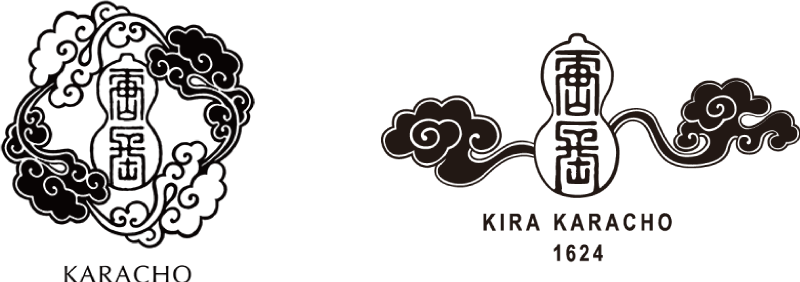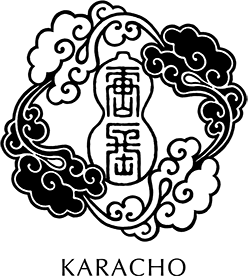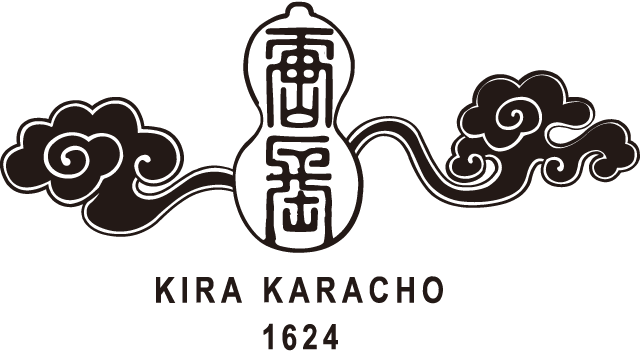About us
Authenticity and Tradition
In all the world, there is but one karakami paper studio that weaves its own story, giving form to beauty as a prayer for the happiness of humankind. It conveys the texture and feel of handcrafted goods while holding fast to both history and ever-evolving tradition. And in so doing, it creates the future. We live this mission on a daily basis and take pride in it.
Karacho and Kira Karacho were founded in Kyoto in 1624, featuring patterns produced by hand-pressing individual sheets of washi paper onto woodblocks that have been handed down through the generations. Karacho karakami paper has been showcased on sliding screens and wallpaper in historical buildings such as the Kyoto Imperial Palace, Katsura Imperial Villa, Nijo Castle, and Yogen-in Temple, as well as in more commonplace settings in the everyday lives of contemporary people. The world view and esthetic sense revealed in the colors and patterns are a treasure that Japan is proud to share with the world. As the only karakami studio to continuously remain in business for four centuries—since the beginning of the Edo Period—we have carried the torch of karakami culture through the ages. Today, karakami artist Toto Akihiko and his wife Senda Aiko—the 13th studio master—continue the history and tradition of Karacho in Saga, Kyoto.
Tradition and Innovation
With a distinctive esthetic sense and taste, Kira Karacho creates the time and space for people to partake of the three essentials of food, clothing, and shelter. Seeking to enrich people’s lives through the beauty of colors and patterns, we engage in our craftsmanship, presenting products made with materials besides washi paper and in collaboration with others. In 2008, for the first time in its long history, karakami was presented as an art form, marking the opening of a new path for traditional karakami. Furthermore, in July 2018, we proposed a cultural project to leave behind a treasure (heart) to Kyoto 100 years in the future, announcing the Heisei no Hyakumonyo Project (the 100 Patterns of Heisei Project), which has since been renamed the Heisei Reiwa no Hyakumonyo Project (the 100 Patterns of Heisei and Reiwa). In making 100 new woodblocks to add to the more than 600 we inherited from generations of ancestors dating back to the Edo Period, we have taken the mantle of creating a new history for Karacho and charting the future of karakami culture. In this manner, we at Kira Karacho believe that tradition is more than simply inheriting the past. To truly inherit something, one must embrace modern life and pass on a legacy to the future. By spreading karakami culture, we seek to create a history of tradition and inheritance, as well as circulation and regeneration, by handing down a sustainable Japanese culture to future generations.
The Past, the Present,
and the Difference

As a brand, Karacho and Kira Karacho hold three world views: the past, the present, and the difference. A world that respects the time-honored traditions of the past; a world that appreciates the new beauty arising in the present; and a world that brings unity in difference.
Past | To make and disseminate karakami paper, carrying on the culture of Karacho karakami that has been passed down through hundreds of years, from generation to generation.
Present | To make and disseminate karakami paper that will be loved by today’s generation and propagate karakami as a contemporary art form.
Difference | To create products that express a desire for people’s happiness through the world view of the Karacho patterns and colors handed down throughout the centuries.
We have inherited the culture and spirituality of Karacho, passed down in an unbroken line over hundreds of years. Through karakami, we hope to pass this heritage on to the next generation and the world as we pray for the happiness of all humankind.
KARACHO・KIRA KARACHO

Mail/info@kirakaracho.jp

